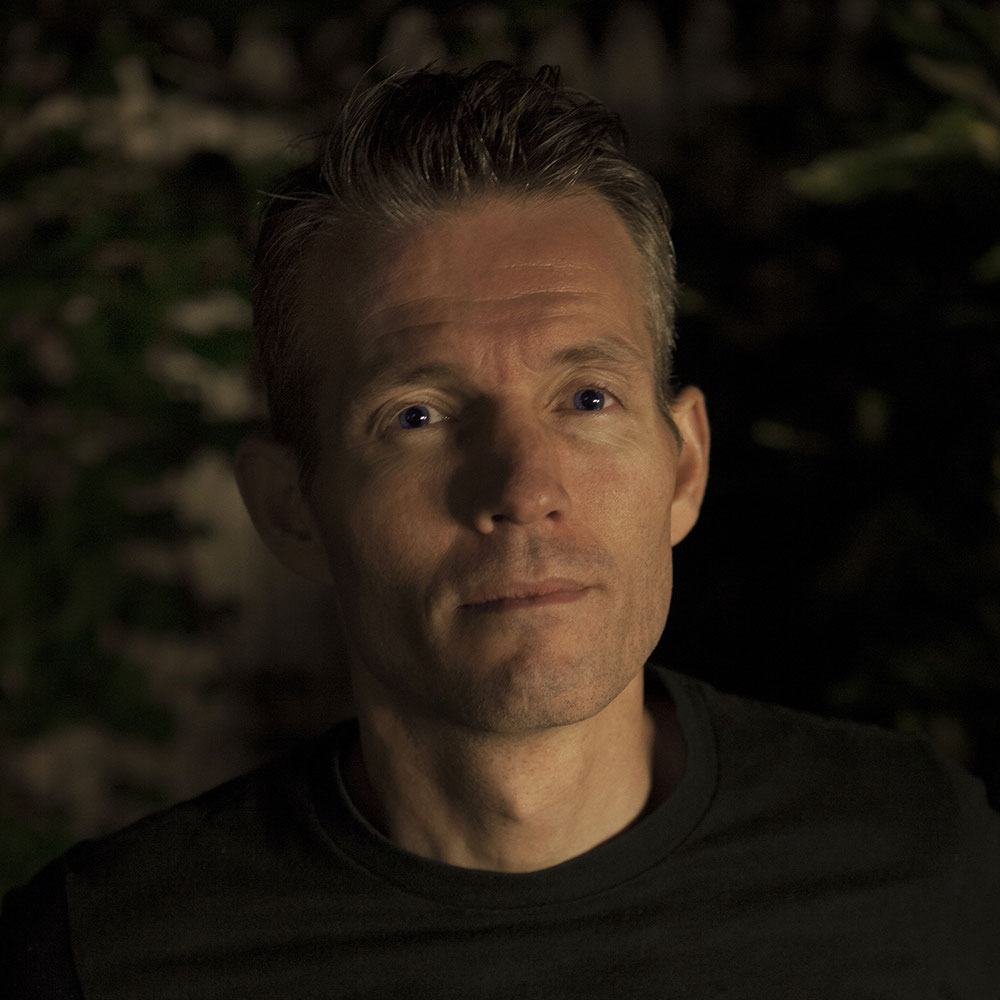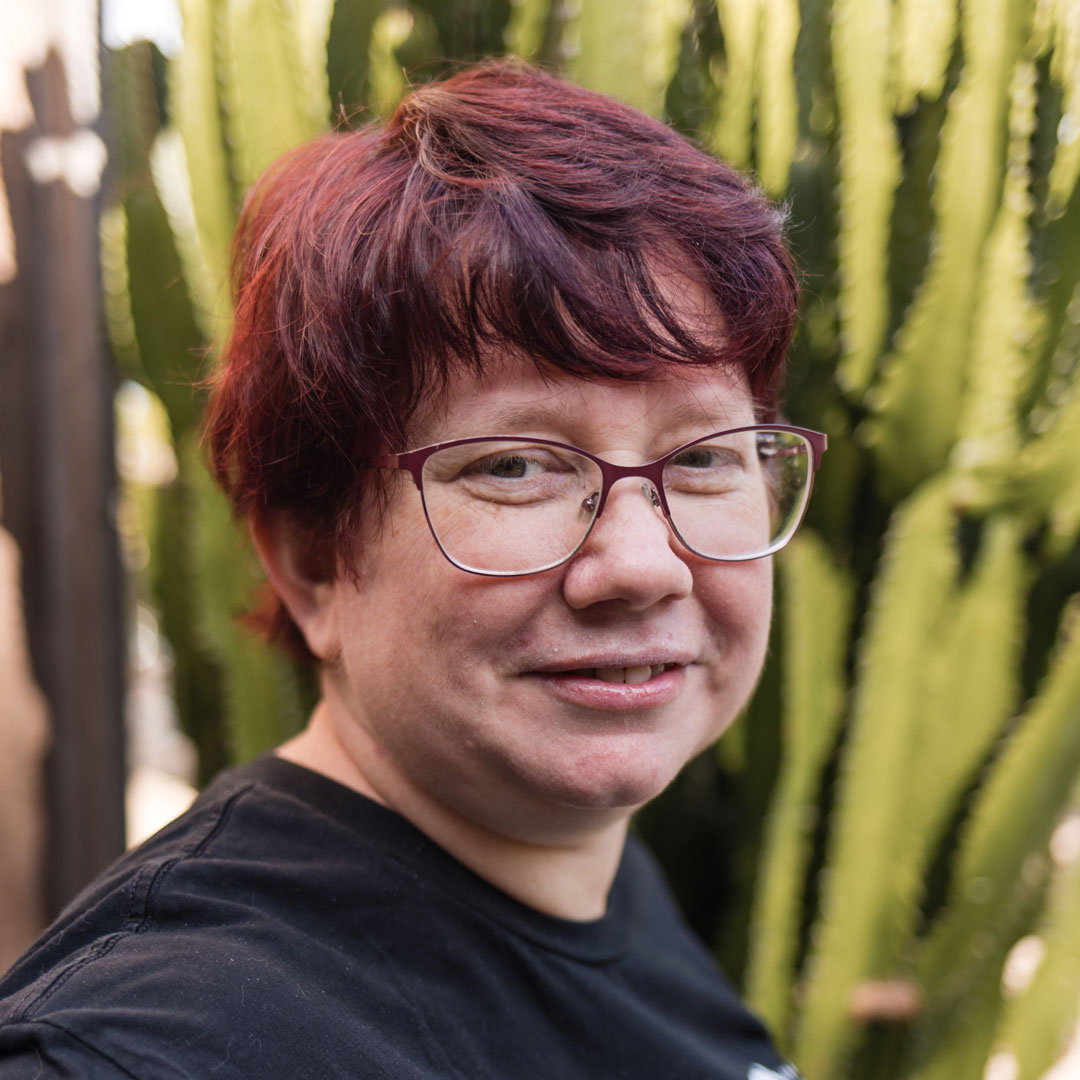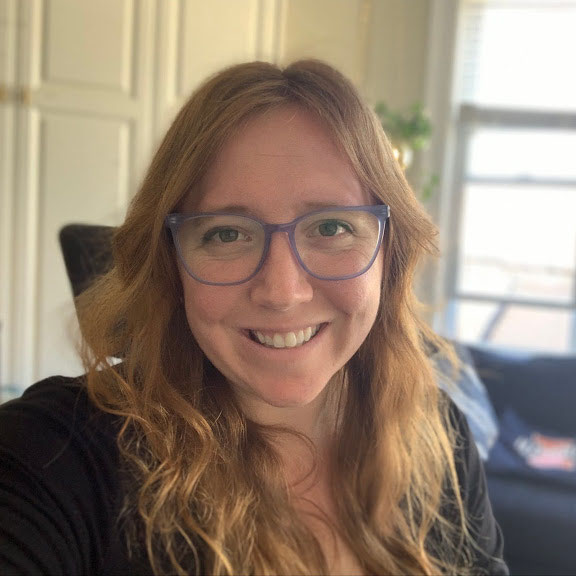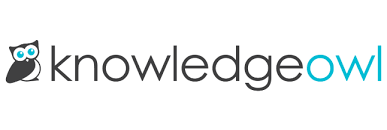Conference Speakers¶
All talk videos will be published on our YouTube channel no later than 1 week after the conference.

Ian Cowley
One glossary to rule them all: terminology management at scale
Simple glossaries are relatively easy to set up for individual projects, but they become difficult to manage when you try to scale them - especially when trying to scale the management of terms and definitions across multiple platforms, projects and even organisations.
As our organisation grew in size, we quickly saw that we were using different terms to describe very similar features across the company's range of software applications. A pressing requirement emerged to efficiently manage the terms that we were using. It was important to have a single source of truth for all the terms and definitions, and that source of truth had to be created in such a way so that it could be adapted to a variety of outputs and formats (websites, API docs, translation tools, etc.). This applied not only to software that came into our portfolio via acquisitions, but also to new projects being developed in our R&D departments.
Focusing on the technical writer's role, this talk will discuss the following aspects of my organisation's terminology management journey:
- The challenges of arriving at consensus over terminology used across multiple platforms
- Creating an initial termbase
- How we implemented a machine-readable, single-source, "mega" glossary
- Standardising and automating glossary creation processes
- Ensuring content reuse across different platforms
- Ongoing internationalisation of the glossary

Josh Peacock

Dennis Mortensen
The power of product screenshots in your help documentation. And how keeping them updated can be automated!
Your customer’s desire for self-service support options, and the importance of delivering superior self-service Support, is well documented. Today’s customers are savvy, self-reliant and more than comfortable finding answers to their questions online. And they increasingly use self-service as the first point of contact with your support organization and, oftentimes, your company. However, as the focus and emphasis on self-service support has increased over the years, the cornerstone of self-service support has remained consistent. The help center remains the cornerstone of self-service support and is overwhelmingly the preferred support channel for customers.
But simply offering your customers a help center is not enough. To ensure you are providing your customers with a high-quality self-service experience, one that ultimately allows them to resolve their own issues, it is imperative that your help documentation, and other instructional content, is easily digestible and up-to-date.
Not only do product screenshots immediately convey to your customers what a help article is about, they also make your content more interesting and engaging. Your content only has a few seconds to make an impression on your customers, and these product visuals make a big difference. Product screenshots allow you to break your content into more understandable steps, and allow your customers to digest the content in a more simplified way. They increase how engaged your customers are with your help articles and increase the likelihood they will find the answer they need.
Topics covered in the talk will include:
- The importance of product screenshots in your help documentation and the key metrics they will help you improve
- The different approaches for including product screenshots in your help documentation and when it is best to use each different approach
- Using alerts to automate when your product screenshots, and help documentation, has become outdated and an automated process to automatically update your product screenshots

Fabrizio Ferri-Benedetti
Once Upon a Time There Were... Docs
A year and a half ago, I had a crazy idea: I'd write a children's book on OpenTelemetry. My goal was to learn the essentials of the technology that I document every day at work while having fun along the way. After lots of editing, reviews, and illustration efforts, the book finally went live last year to enthusiastic reactions from the community.
Explaining the product to my kids through storytelling required deepening my knowledge and exploring new mental models that I hadn't tried yet. I learned that the journey of creating something so different and creative mattered more than the final deliverable, and that the way of reaching product truth is different from person to person.
In this talk I'll tell you how I created the book and got it published by Splunk. Along the way, I'll explain the Circles of Product Truth model and present other ways in which unconventional technical communication and media can bridge the gap between different levels of audience knowledge and provide a safe path to product truth. Because this, too, is tech writing.

Adam Trujillo

Jeffrey Boruszak
Bootstrap IA Development with In-house Usability Testing
Until recently, our product’s software engineers were primarily responsible for writing, updating, and organizing the product’s documentation. But years of rapid growth and product evolution resulted in sprawling docs that are a hodge-podge of logical constructions, writing styles, and information types. As the organization’s first dedicated technical writers, we were tasked with reorganizing the content to help both experienced practitioners who need to find specific information and product novices who want to understand the product for their role or organization. We had to complete this project before a major launch without additional resources.
In this presentation, we will share the steps we took to understand our documentation and its needs, including how we audited content, analyzed and compared the structure to market peers, designed and conducted an internal usability study, and translated the results of the study into high impact “quick wins.” We will also share our approach for planning the next steps toward improving our documentation and its information architecture.
We will use our experience to highlight questions relevant for any IA and describe how we approached the problem. Topics include:
- How do you determine your documentation’s most important information needs?
- How do you design and conduct a usability study for your documentation?
- How do you translate user behavior into information design principles?
- What do you need to consider when starting a long term IA project?

Kristine Sihto
Papercuts: Stop the Bleed. Reducing information leakage from client-bound documentation
Documentation is inherent to every organisation, and a lot of that documentation is bound for external clients. Unfortunately, there are a lot of places, both in the architecture of your documents, as well as in the content itself, which give away key pieces of information about your organisation. My presentation will address common places in documentation that may leak information about staff, internal processes, and other clients, and discuss methods to reduce the incidence of information leakage.

Katie Riker
Working with User Experience to Maximize User Success
Documentation and user experience (UX) design teams may not seem like they go together on the surface - isn’t one concerned with words and the other with pictures? But this is a false oversimplification!. Both documentation & UX have the same goal: The success of their users.
Documentation is a crucial part of a user’s experience: it is how users learn how to use a product. Therefore, the involvement of documentation earlier in development processes makes the product better and more usable. In the effort of influencing and getting information within the development process, UX is the ideal stakeholder for documentarians to work with. UX teams spend time not only designing workflows and layouts, but also doing UI writing. A collaborative relationship between docs and UX can help both teams to work more productively and at a higher quality.
Based on collaborative success stories between technical writers and UX, I will discuss strategies and techniques for:
- Getting early exposure to planned workflows and features
- Contributing to user success through UI copy and onboarding
- Gaining more strategic influence on products through UX collaboration.

Chris Noonan

John Hannagan
Metric driven documentation
It's difficult to determine how easy it is to read the content that you create. This is especially true for technical documentation, where complex concepts and terms that are specific to your product and industry are described. As writers, we rely on the style guide, peer review process, and customer feedback to gauge our content, but this doesn't give us the full picture.
Readability metrics have been around for a long time. Many of them were devised before people used computers, and before software existed, so they're sometimes seen as an imperfect means of gauging readability for technical documentation.
Two years ago in Rebilly, we were starting a major overhaul of the docs, and needed to document most of the product. I was interested in readability metrics and the early insights they could provide. Instead of waiting for reviews or customer feedback, I could proactively make changes and improve the content. Before this point I had never found a good tool for this.
I got chatting with my colleague, John, who was also interested in this area. John created an awesome tool that outputs data for each documentation change based on several metrics. And, for the last two years we've been learning from these metrics and using them to shape our content.
We'd like to share these insights and learnings with you.

Matt Dodson
Graphs, not trees: A ground-up approach to fixing a docs site.
In this proposal, I argue for a reader-centered, bottom-up approach to doc restructuring. To make my case, I draw parallels from the worlds of urban design and architecture, citing examples of how top-down approaches often ignore the needs of the people (readers and residents) who actually use an artifact.
The documentarian rarely inherits a perfectly structured set of docs. Information structures are in a constant flux. Applications change, as do reader demands. People leave; organizations re-organize; information plans get abandoned in states of partial completion. When a new writer joins, everything may seem haphazard, confusing, and inhuman, like a dystopian city.
When approaching these cities of decaying information, a temptation is to take a step back and start rearranging from the top down. Or maybe just rewriting the whole thing. I argue that this attitude often benefits writers more than readers. What good is the birds-eye view for the person who is walking on the street? Without testing the docs and using the application, how can we understand what readers need?
This talk advocates for the ground-up approach to information restructuring. Instead of onboarding sessions, experiment and tinker. Some bottom-up strategies include:
- Testing and fixing key documents (like maintaining important intersections)
- Gradually exploring how documents communicate with each other (like developing important lines of public transportation)
- Making small fixes to links and sentences all over the place (like fixing potholes).
In this process, documentarians develops a wider focus, which in turn gives them the knowledge to make effective, high-level changes later.

Stephan Delbos
Drop the Docs, Get Back to What’s Important! How to Create Product Documentation that Encourages User Disengagement
Throughout my career in content, including digital marketing, content strategy and product content in the fast-paced world of tech startups, most strategic decisions have been based on the goal of getting as many users to look at my content as possible. But recently in Mews, we have been talking more about User Disengagement. It’s a concept that will be familiar to those in touch with the world of product design: in our case, we want hoteliers and guests to use our property management system as little as possible. We envision a predictive system with no screens. Imagine that! But how does this ambition translate to product documentation—and how can we measure the success of documentation when disengagement, rather than engagement, is the goal?
This really got me thinking. About how we write and structure our documentation and how we measure its success. At Mews, we decided to support both long-form product documentation and shorter FAQ-style articles written by Customer Support. We imposed a clear structure, including linkable navigational elements, and organizational system titles, tags and subheadings. We brought our documentation into the product as much as possible. And we created new reports, relying less on page views and visits, and looking more closely at bounce rates, self-service and case deflection.
This talk will condense everything I’ve learned about how the concept of user disengagement can improve product documentation, including:
- Why user disengagement should be your guiding principle for docs
- Why many traditional content metrics don’t work
- How to write documentation that’s easier and faster to use
- How to measure the business impact of product documentation

Alexander Schwartz

Fabrice Flore-Thebault
Creating a content pipeline for the Eclipse Che project
For a project of a reasonable size, there's usually more than one source for the website that needs to be published. This talk presents how the Eclipse Che project leveraged Antra and Antora extensions to create a fully automated process for docs as code for both the upstream Open Source version as well as a productized version that is available with a subscription.
For several years, Antora is known as a site generator for documentation which pulls AsciiDoc content from multiple Git repositories at once to support a docs as code approach. In 2022, Antora made the leap to open its publishing process to plugins: They allow pulling information dynamically during the build process to blend generated and hand written content, and forward the content not only to a static HTML site, but other targets like PDF as well. This talk outlines how the Eclipse Che project used these extensions, and how it can be extended for custom needs.

Chris Meyns
AI ethics for tech writers
Generative AI tools, especially those using large language models (LLMs) such as Bing, Bard, and ChatGPT, or text-to-image models such as Stable Diffusion or DALL·E 2, have been taking the technical writing space by storm over the past year. While some tech writers have jumped right in, others have found themselves unsure, overwhelmed, or even consciously disengaging because of concerns.
My aim in this talk is to provide technical writers with a conceptual toolkit to help guide their ethical decision making about how and where to use generative AI tools. In doing so, I want to go beyond the valid, commonly-voiced concerns about shortcomings of the tools themselves—such as about toxicity, bias, unreliability, and risks of ‘hallucination’. Specifically, I’ll zoom in on concrete ethical challenges around the use of generative AI tools in three types of situation that will be familiar to many tech writers:
- the production of documentation;
- the use of documentation; and
- professional development and responsibility.
For each of these cases, I will foreground specific ethical issues that a tech writer might run into, and will point to how, and the extent to which, they can be addressed.
Generative AI tools are likely to have a huge continued impact on the technical writing craft and profession over the years to come. By building a conceptual toolkit, my aim is to empower tech writers to feel better equipped and more confident in navigating the sometimes murky ethical questions around using generative AI professionally in their work.

Lorna Mitchell
OpenAPI for Documentarians
OpenAPI descriptions are an excellent way of having all information about an API in one place, and making that available to many different tools. As a standard, it can be difficult to get started with, and the resulting files are often large and unwieldy. In this session, you'll get an overview of the structure of OpenAPI descriptions, details on taking advantage of OpenAPI features to create documentation, and some tips on working around common problems. We'll look at some of the tools available to help you through various stages of the API lifecycle, and how these fit into your documentation workflow. This session is recommended for technical writers, engineers, technical leaders and anyone else wanting to make their APIs a better place for developers.




